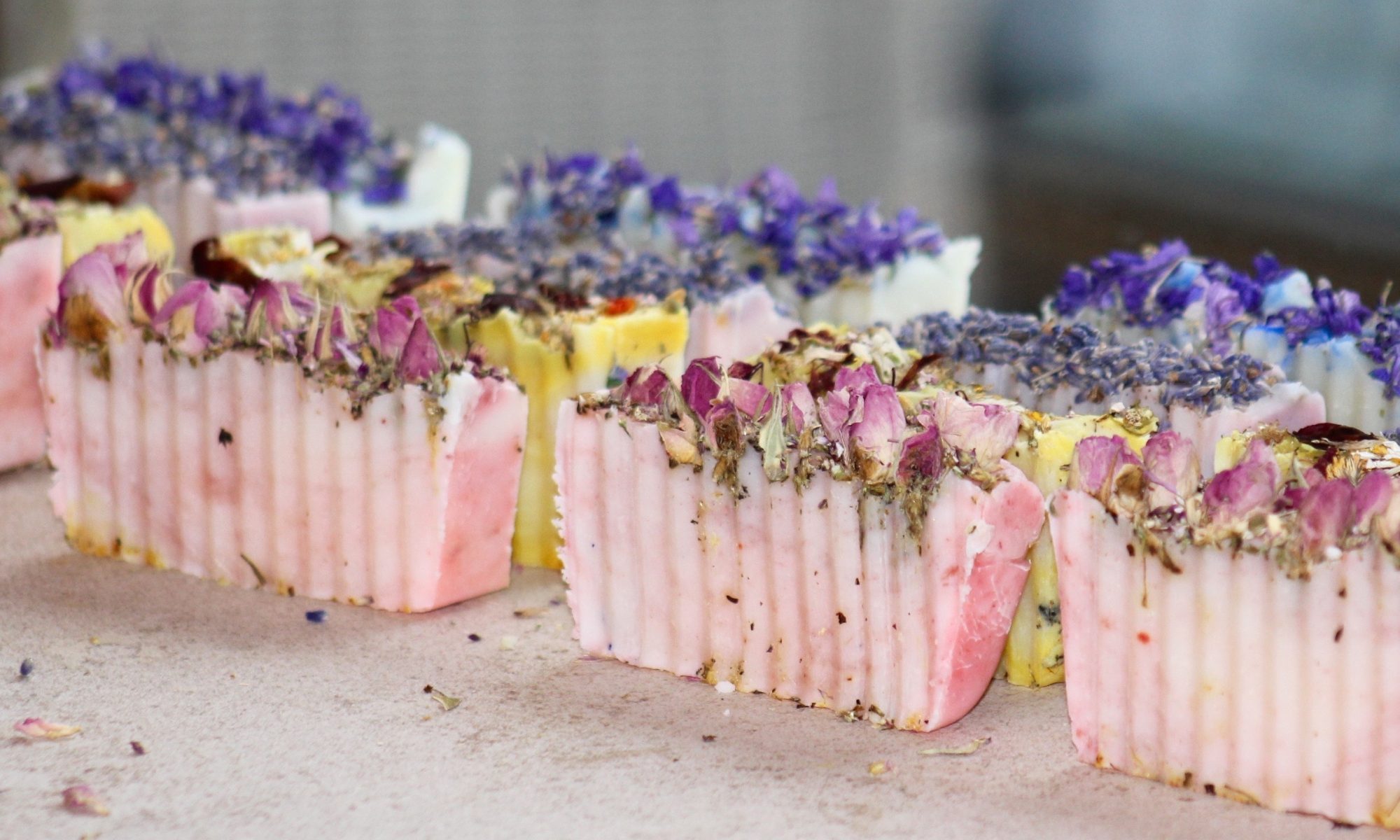Jo Arnell shares her top tips and tricks for an eco-friendly festive season
It’s the most wonderful time of the year. And the most wasteful – if my rubbish and recycling bags are anything to go by. Every year I vow to walk past the mounds of glittery plastic and not get lured into the festival of shopping that Christmas has become – but the pull is strong. This year will be better, more organised, more crafty and more mindful. It takes a little planning, but once you stop to think about what can be made from simple ingredients and foraged from our surroundings, a world of beautiful and natural ideas – that carry no air miles – opens up.
Grow your own lunch
This is hard to do from scratch now, unless you want to serve mustard and cress to your guests, but next year you could be smugly serving your own homegrown fare. Most of the ingredients for Christmas lunch are easy to grow – perhaps not the turkey, but there are plenty of local farms where happily raised birds can be bought directly. A vegetarian alternative, such as a nut roast or decadent pie, is a greener alternative to the traditional meat heavy feast and with the right preparation, just as delicious. Out on the patch carrots and potatoes will need lifting and storing in the autumn, but sprouts, parsnips, cabbage and leeks can be left in the ground – waiting in an outdoor larder until you are ready to pick them. Even cranberries are fairly straightforward to grow, but unless you want to give the birds a Christmas treat, you may need to protect them with netting.
“Christmas trees are greener when you grow them in a pot and bring them in each year”
Christmas trees are greener when you grow them in a pot and bring them in each year, but this does restrict their size – until you release them and plant them in the garden – where they shoot up to rival the Norway spruce in Trafalgar Square. Although a fake tree can be used for many years (20 apparently, to negate its effects on the environment), it is not an environmentally friendly thing. The production and felling of real trees involves emissions, but at least while they are growing on their plantations they are carbon positive. The most ecological thing to do is not have one at all. Bah humbug!
Crafting your own Christmas stationery can be a satisfying task if you have the time (but rather fraught if you’re up against it…). Brown paper looks effective with a simple hand printed design (remember potato prints?), or if you are artistic you can even draw a unique design directly onto it. The same goes for labels and cards. Cut sections from last year’s leftover cards for labels too and recycle what you can from other packaging. I have even used twigs and foliage from the garden on tags and cards. Brown paper packaging can be tied up with string, but a length of ivy secured around a parcel can look even better than a ribbon in a rustic sort of way.
Homemade and homegrown presents
Chutneys, jams and relishes go down well as presents and look attractive in recycled jars embellished with pretty labels and ties. Most chutneys need a little while to develop their flavours, but a quick last minute (and beautifully coloured) relish/present solution is homemade cranberry sauce. It is a doddle to make: just simmer 100g cranberries with the juice and a little zest of an orange, add 50g muscovado sugar (or to taste) and, if you’re feeling ultra festive, a measure of port. Stir in the pan for five minutes or so until the berries begin to burst and the sauce thickens, then cool and refrigerate. It will keep for a week in the fridge.
“Crafting your own Christmas stationery can be a satisfying task if you have the time”
Drinks such as Sloe gin and Damson vodka are very easy to make from foraged fruits. It is even possible to grow your own gin makers hedgerow by planting a mix of native woody plants such as blackthorn (produces sloes), Rosa rugosa, Elder, plum and others with edible berries. Beautiful, bountiful and un-buyable ingredients abound in the garden and the hedgerows. The only thing to remember (apart from making sure you’re not picking anything poisonous) is that while the fruits and berries are an extra bonus for us, they are crucial for the survival of many birds and animals through the colder months, so if you do go out gathering, make sure that you compensate the creatures for raiding their winter larders – put out extra food on the bird table, keep fresh/unfrozen water available and provide sheltering places, such as log piles, hollow stems and cosy piles of leaves.
Cosmetics like soap, bath bombs and hand creams are satisfying and relatively easy to make. Soap can be made using sustainably sourced olive or almond oil, rather than the palm oil so often used in commercial products. It is a bit of a process to make soap from scratch, but not too difficult. As an alternative, a pre-made ‘melt and pour’ soap base can be used – you just heat it gently until it melts, add in fragrances and other ingredients, pour into moulds and, once your soap is set, package it up in pretty paper to give away. It is much gentler on the skin than most commercially made brands, but make sure you add a list of the ingredients somewhere on the packaging in case of allergies.
“Beautiful, bountiful and un-buyable ingredients abound in the garden and the hedgerows”
Plants make the ultimate green gift. Carefully chosen winter containers of perennial evergreens and bulbs will go on giving long after the Christmas tree has been assigned to the shredder/bonfire/recycling van. If you are planning for next year, then forced bulbs such as Hyacinths and Paperwhite narcissi can be planted and triggered into flowering in time for the festive season. Poinsettias are also primed to show off their red bracts in December, but they are tender plants and don’t like cold draughts – even the journey from the shop to their destination can upset them. They can be kept after Christmas as house plants, but to get the red bracts to appear again the following year is a complicated process involving the manipulation of light levels. Cyclamen are a better bet, but there are several different varieties available at Christmas and not all of these are hardy.
Gather some decorations
While you are out on the gin foraging session, pick a few cones, seed heads and twigs to make decorations with. It is great fun making place settings, napkin rings, wreaths and table decorations from things you find growing outside. Many dried seed pods can be gathered and dried well in advance and then added to foliage nearer the time. Smaller cones, like pine, alder, beech and acorns can be added as embellishments, but the seed heads of plants like Artichokes, Alliums and Agapanthus are of a good size and look glamorous in their own right. Spray them with metallic paint for extra sparkle, or leave them looking as nature intended for a natural (and more ecologically friendly) look. Use the twining stems of ivy and other climbers as bases for swags and wreaths and tie around picture frames, doorways and banisters.
Once you start thinking about simple, home made alternatives to a shop bought Christmas and unleash your creativity, the preparations – providing you have the time – become as enjoyable as the day itself. May your days be merry and bright and may your carbon footprint be light.
Jo’s 2020 gardening courses are now booking.
Call 01233 861149 or see hornbrookmanor.co.uk for details.
TEST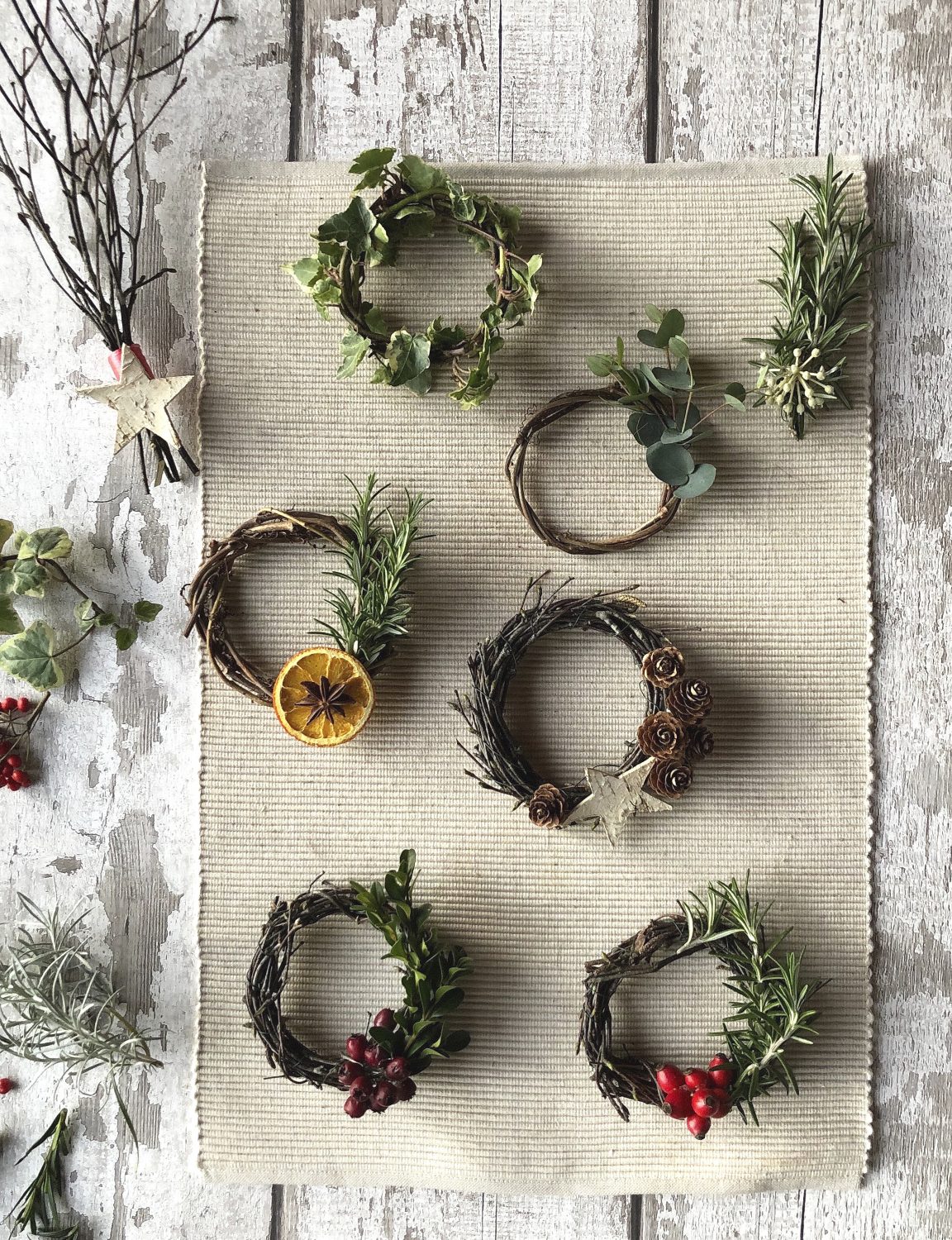
Foraged decorations
TEST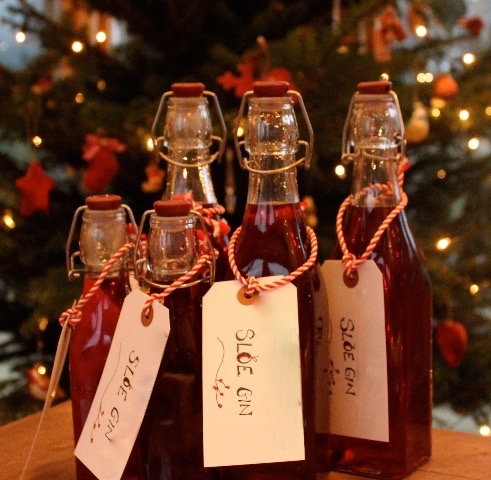
Homemade sloe gin
TEST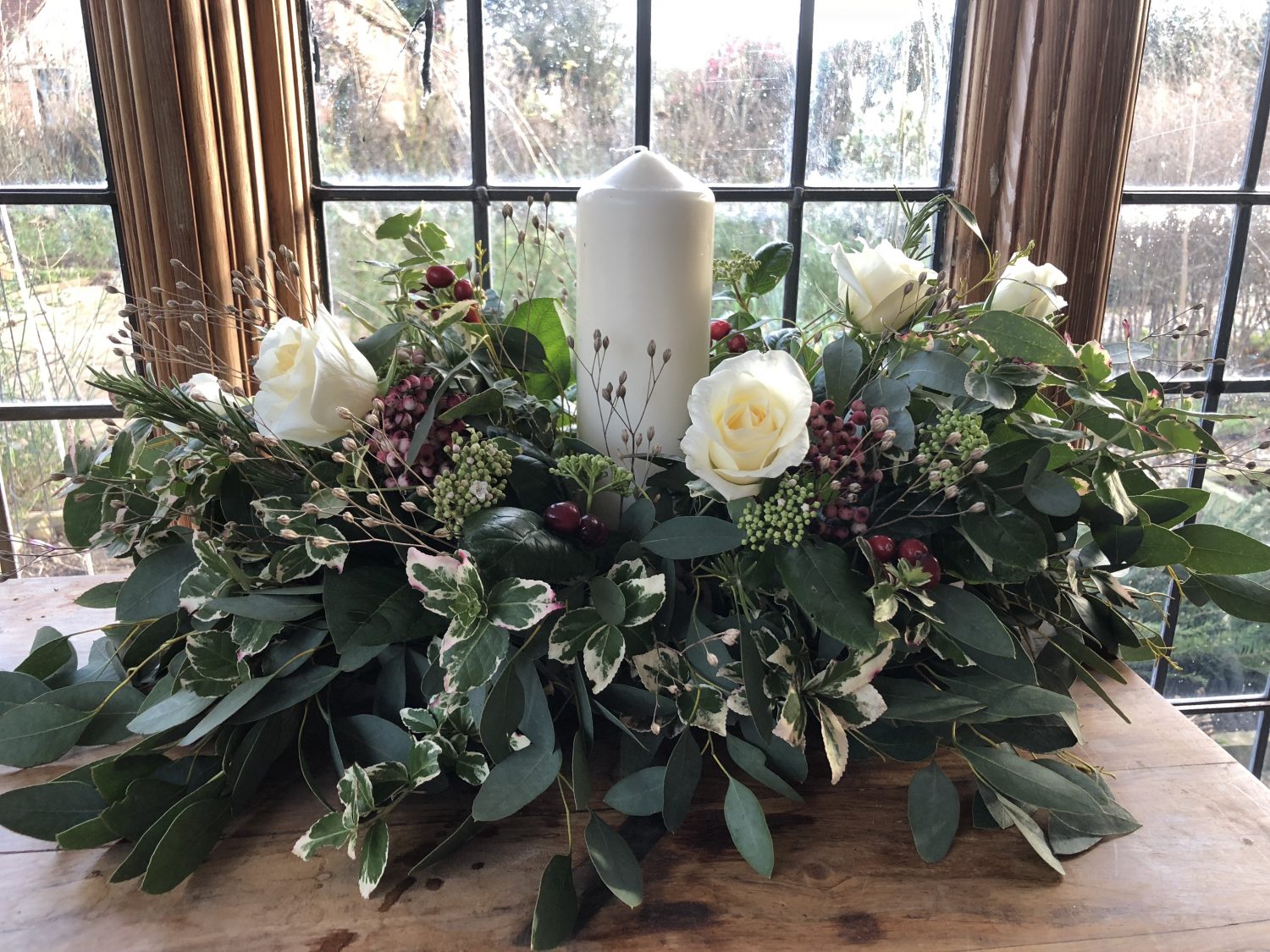
Table decoration using shop bought roses and foliage from the garden
TEST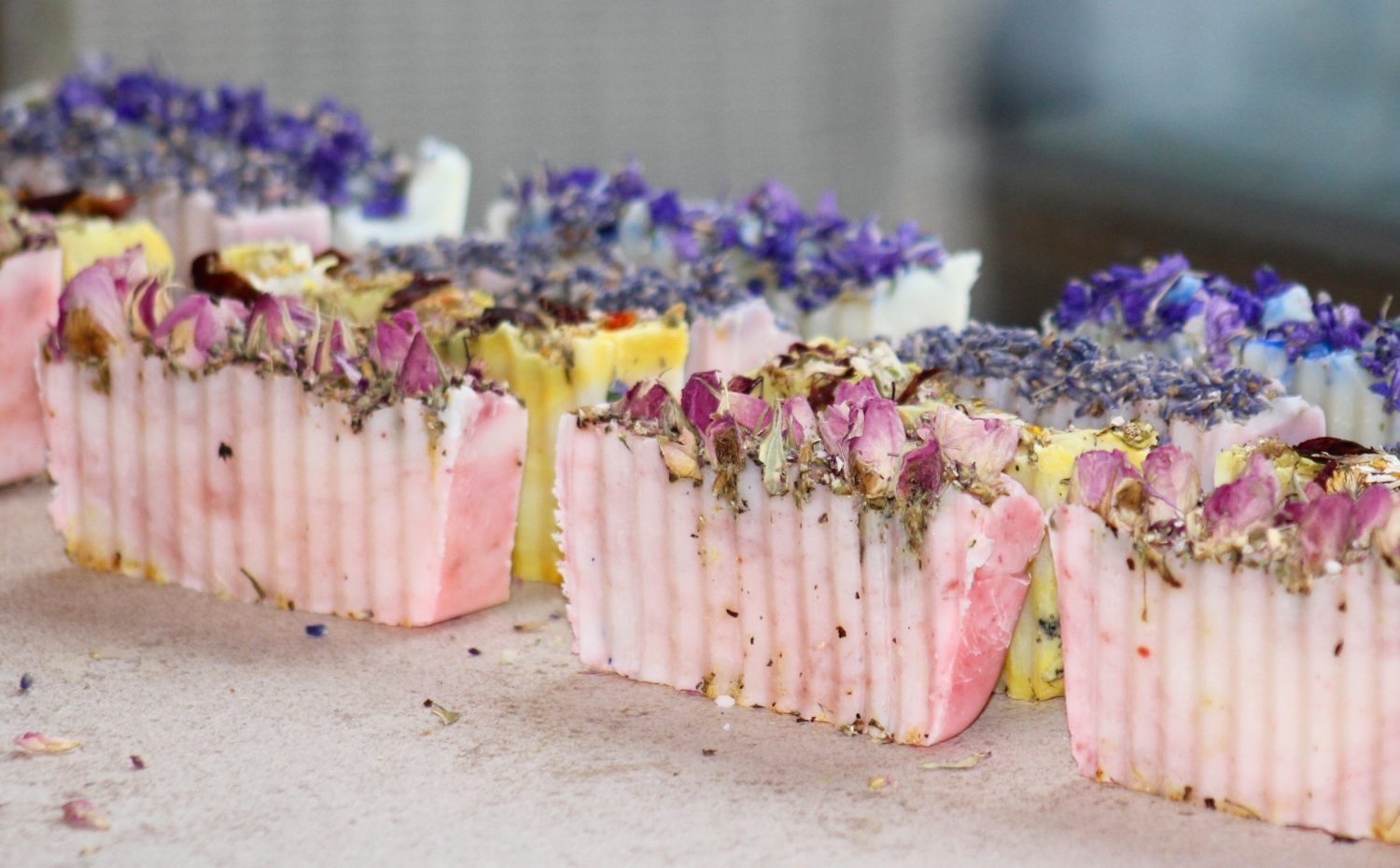
Homemade botanical soap
TEST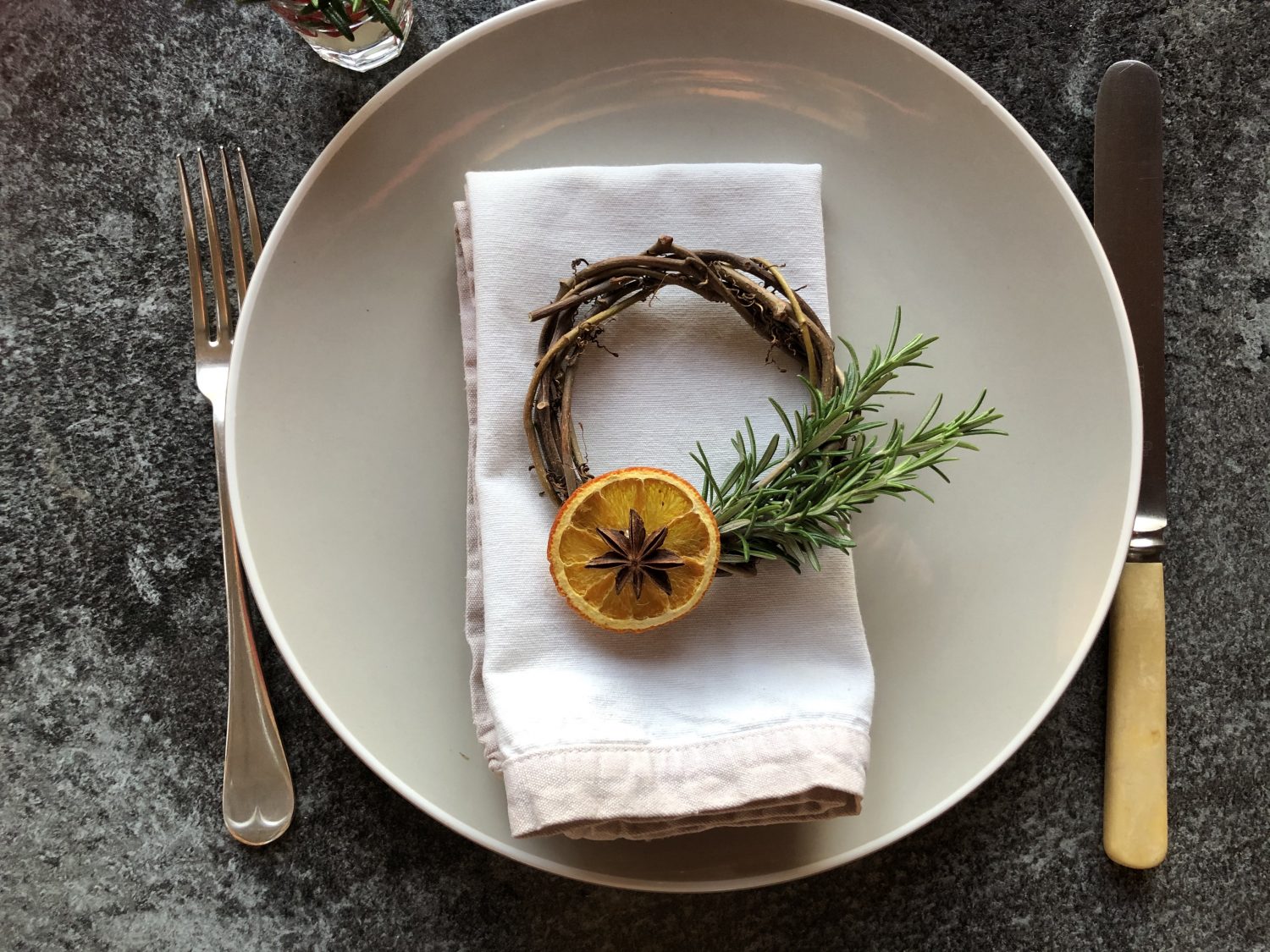
Rosemary place setting
TEST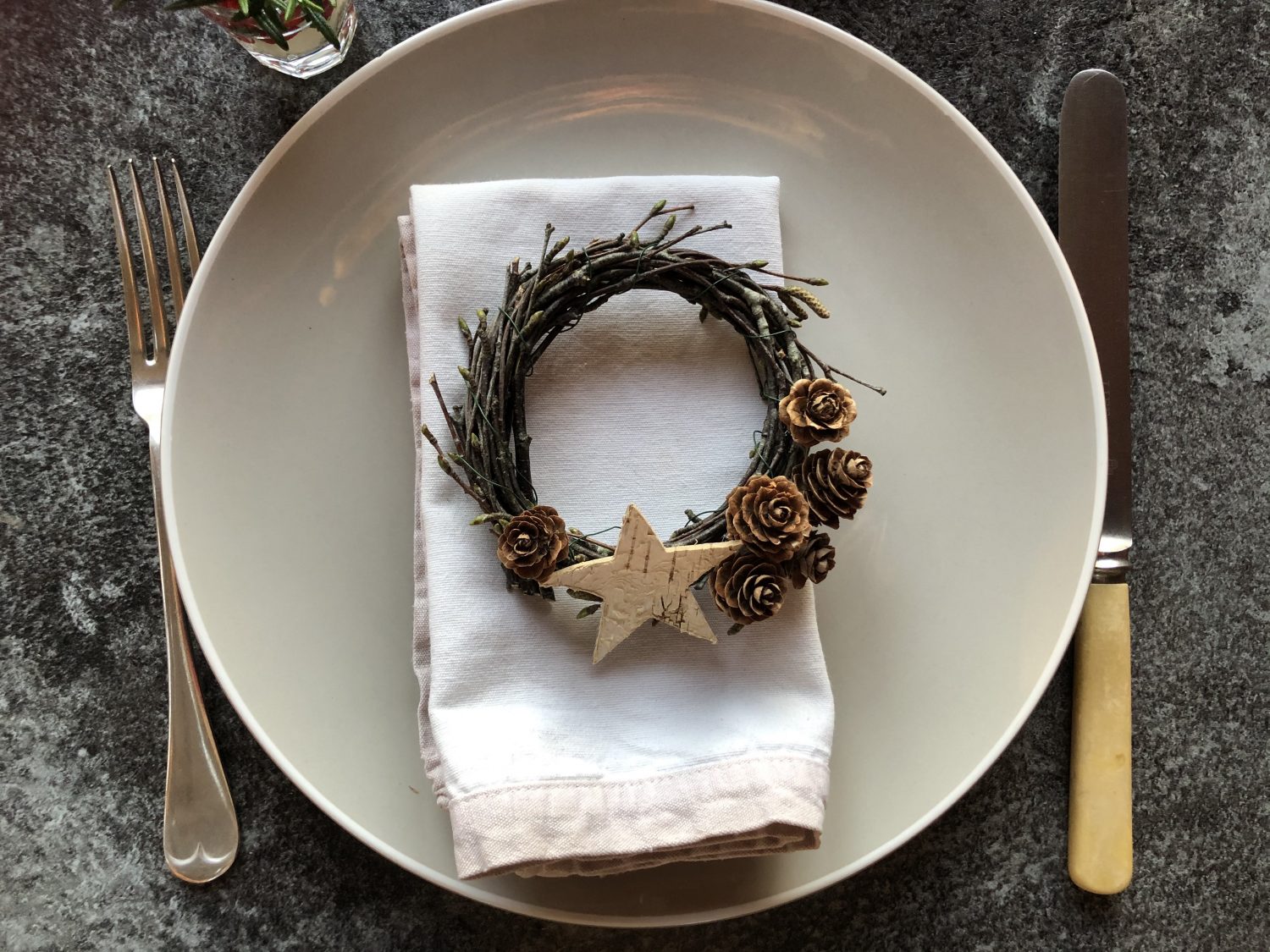
Birch place setting
TEST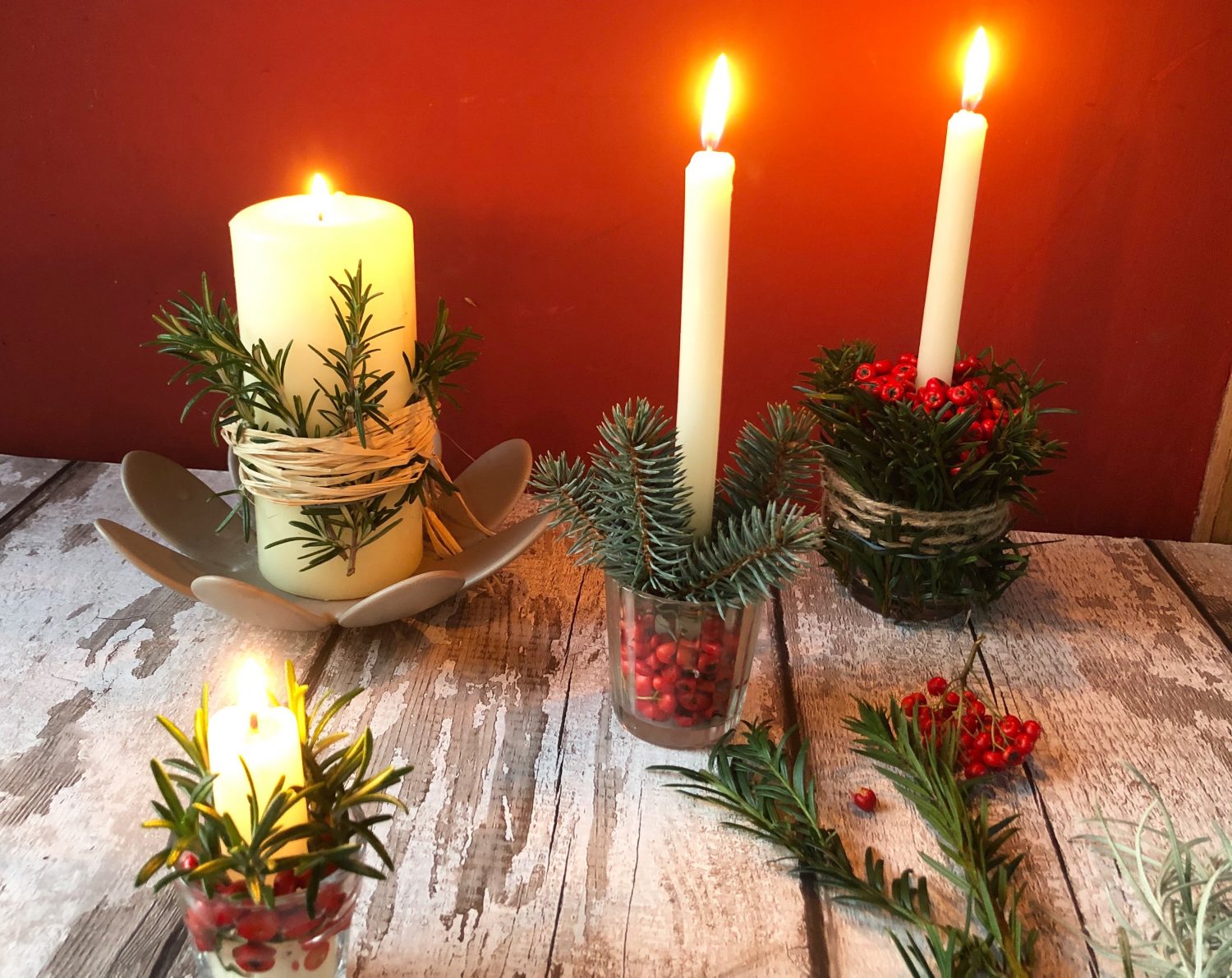
Spruce up your candles
TEST
Section of a berry and cone wreath
You may also like
Go with the Flow
Sue Whigham shares some valuable new-to-gardening advice I’m sure that by now we should be used to the rain but I’m not entirely sure that we are. We had a dry, sunny day the other day and how everybody’s mood...
Farm Fables
Jane Howard gets to the bottom of why so many ponds have disappeared across the High Weald I have a new passion, almost an obsession, it’s about ponds. And there’s a distinct possibility I might become a bit of a...
Hedge Issues
Sue Whigham takes a meander along nature’s verdant and vital corridors Recently the BBC’s Today programme carried a feature about England’s hedgerows which created a lot of interest among listeners. On the strength of that, Martha Kearney interviewed one of...
